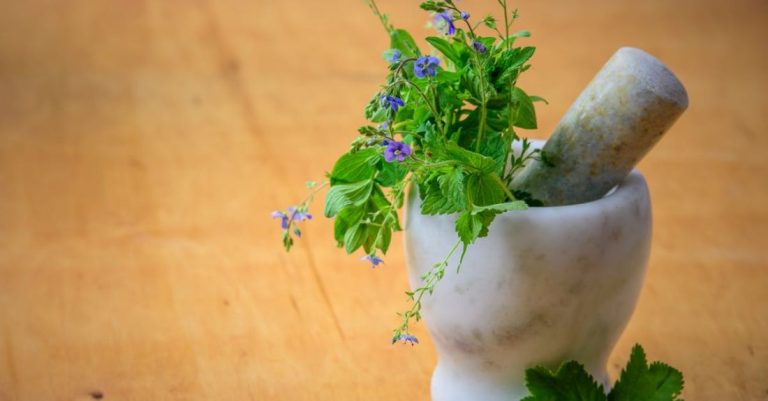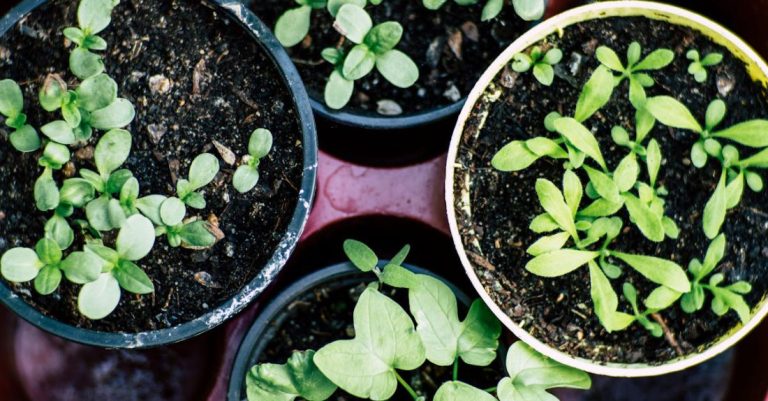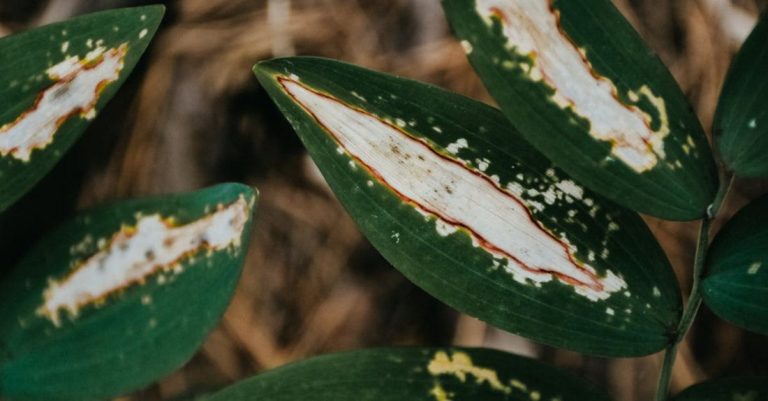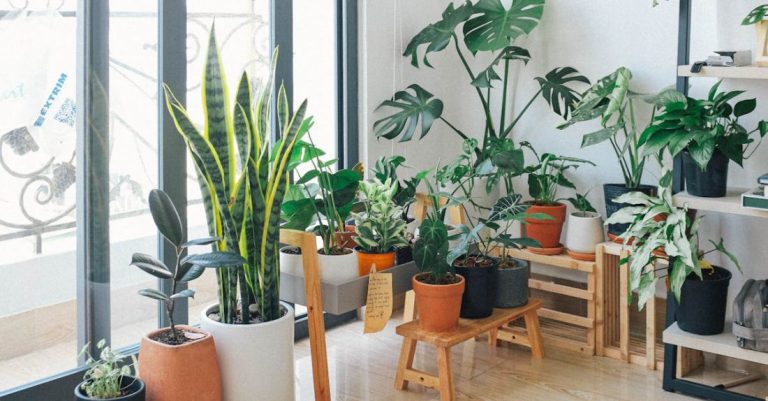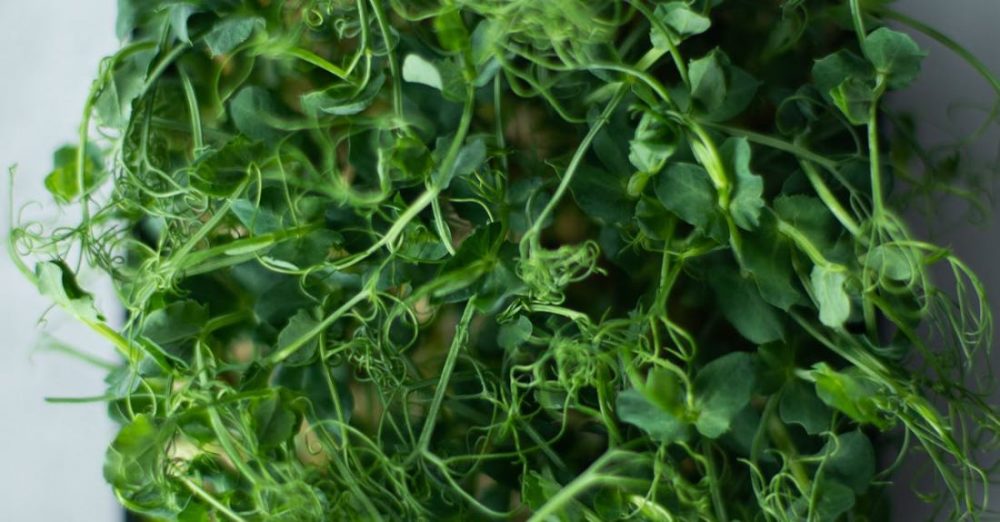
Growing microgreens indoors is a rewarding and convenient way to add fresh, nutritious greens to your diet all year round. These tiny but mighty plants are packed with flavor and essential nutrients, making them a popular choice for health-conscious individuals looking to enhance their meals. With the right tools and techniques, you can easily cultivate a variety of microgreens in the comfort of your own home. In this article, we will explore how to grow microgreens indoors successfully.
Choosing the Right Seeds
Selecting high-quality seeds is crucial for a successful microgreens growing project. Opt for organic, non-GMO seeds specifically labeled for microgreen production. Popular choices include broccoli, kale, radish, and arugula. These seeds are readily available at garden centers or online retailers specializing in microgreens supplies. Remember to choose seeds that are free from chemicals or pesticides to ensure the health and safety of your microgreens.
Preparing Your Growing Containers
Microgreens can be grown in a variety of containers, such as shallow trays, plastic clamshells, or even recycled containers like yogurt cups or egg cartons. Ensure that your chosen containers have drainage holes to prevent waterlogged soil, which can lead to mold or root rot. Fill the containers with a sterile, lightweight growing medium like potting soil or seed-starting mix, leaving about an inch of space at the top for the seeds to germinate.
Sowing and Watering
Sprinkle the seeds evenly over the soil surface, aiming for a dense but not overcrowded layer of seeds. Gently press the seeds into the soil to ensure good seed-to-soil contact. Mist the seeds with water using a spray bottle and cover the containers with a clear plastic lid or plastic wrap to create a humid environment for germination. Place the containers in a warm, well-lit location away from direct sunlight.
Lighting and Temperature
Microgreens require adequate lighting to thrive indoors. If you don’t have access to natural sunlight, consider using grow lights to provide the necessary spectrum of light for optimal growth. Position the lights about 2-4 inches above the seedlings and adjust the height as they grow to prevent leggy, stretched stems. Maintain a consistent temperature of around 70-75°F (21-24°C) for the best results.
Harvesting and Storage
Microgreens are typically ready to harvest within 1-2 weeks, depending on the variety. Use clean scissors to snip the greens just above the soil line when they reach a height of 1-2 inches. Rinse the harvested microgreens gently under cool water to remove any soil particles before consuming them. Store any excess microgreens in a container lined with a paper towel in the refrigerator to maintain freshness for up to a week.
Experimenting with Different Varieties
One of the joys of growing microgreens indoors is the wide range of flavors and textures you can explore. Experiment with different seed varieties to discover your favorites. Mix and match different flavors to create unique blends that add a burst of freshness to salads, sandwiches, soups, and other dishes. Get creative with your culinary creations and enjoy the vibrant colors and flavors of homegrown microgreens.
Troubleshooting Common Issues
While growing microgreens indoors is relatively straightforward, you may encounter some common issues along the way. Mold growth can occur if the seeds are too densely packed or if the containers are too wet. To prevent mold, ensure proper air circulation and avoid overwatering. Leggy growth may result from insufficient light or overcrowding. Adjust the lighting and spacing of the seedlings to promote healthy growth.
Embracing the Joy of Indoor Gardening
Growing microgreens indoors is a simple yet satisfying way to bring a touch of greenery into your home and elevate your culinary experience. With a little time and effort, you can enjoy a bountiful harvest of fresh, nutrient-rich microgreens right from your windowsill or countertop. Embrace the joy of indoor gardening and savor the rewards of cultivating your own miniature garden of vibrant and flavorful microgreens. Start your indoor microgreens garden today and reap the benefits of homegrown goodness year-round.
